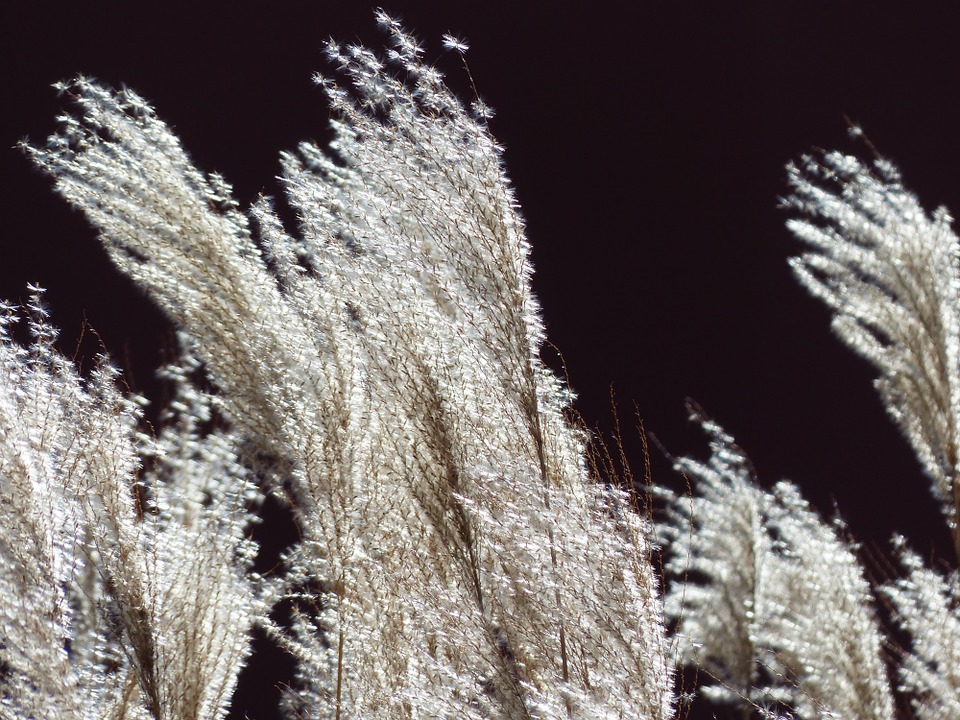Tips for Growing Miscanthus

The world of ornamental grasses is so fascinating, these grasses have made such an impact on many landscapes and gardens. The Miscanthus Sinensis or maiden grass is another ornamental which has proven that it can spice up your garden with its amazing appearance. The Miscanthus is a native of Asia but can be seen growing throughout the United States. These grasses are used by many homeowners. Miscanthus can reach heights anywhere from 3-15 depending on the variety with feathery plumes which are showy.
Miscanthus is drought tolerant, these ornamental grasses are also known as the Chinese silver grass, Japanese silver grass, morning grass, or maiden grass. Zones 5-9 are ideal for these ornamental grasses.
These garden beauties are worth the investment and will give you that bang for your buck. For more on the growth and care of Miscanthus continue reading and see why this is a gardener’s favorite.
Planting Location
When installing Miscanthus it is good to look for an area that gets full sunlight because this plant is a full sun-loving ornamental grass with a spread or diameter of 2-4 ft
Soil Type
Miscanthus can thrive in a wide range of soil but prefers well-drained soil with a neutral, acidic, or alkaline ph.
Watering Methods
Watering your Miscanthus moderately and allow the soil to dry out somewhat before giving another drink of water.
Fertilizing Methods
It is best to feed Miscanthus once during the Growing season (spring) because over-fertilizing can cause your Miscanthus to have excessive growth which is not good.
Garden insect pests of the Miscanthus
Keep a watchful eye for this insect pest.
- Mealybugs
There are no known garden insect pests of the Miscanthus except for mealybugs. Mealybugs are small insects that appear as cottony white-grayish. These insects have been reported to attack Miscanthus in different parts of the united states. Control may be difficult, consider cutting or trimming your Miscanthus plant a foot or two above the soil and applying insecticidal soap.
Diseases of the Miscanthus
Keep an eye out for this disease.
- Miscanthus blight
Miscanthus bight is brought on by a fungus. The leaves of the Miscanthus which are infected are streaked with spots that are rust-colored-purplish. Control measures involve the total removal of the plant and properly disposing of it.
Ideas to where to install the Miscanthus
Miscanthus can be installed
- in coastal areas as a border plant
- Goes great planted by a pond
- Try some in a rock garden
- Can be used as a screen plant
- Can be placed in pots and the pots can be placed on a patio or porch
- looks great installed along a wall
- Install alongside a fence
- Can be used as a backdrop
- Can be planted as a hedge
Container grown Miscanthus
When growing Miscanthus from a container the container should be large enough to accommodate your plant. The soil should be well-drained soil and the fertilizer can be a liquid feed fertilizer. Ensure that the container has drain holes for water. Place the container in an area that gets full sun.
Pruning procedures
Give your Miscanthus an annual trimming during the early winter months. The edges of the Miscanthus have sharp edges which can be painful if it comes in contact with your skin. Wearing strong garden gloves and a long sleeve shirt is acquit to protect your skin. Remove the grass close above the ground or just above the soil level.
A simple but yet effective way to prune Miscanthus is to tie the leaves up in a bundle and tie the bundle together with tie straps or twine and with a sharp hedge share cut back your Miscanthus.
It is best to time the trimming because what you don’t want is to delay the pruning producer and the new growth starts to grow with the old-growth because when you do decide to prune the old-growth the new growth will be trimmed also which will be defeating the purpose of pruning in the first place
Additional Information
1. These grasses are resistant to rabbits and deers.
2. Attracts birds.
3. Can take the salt sprays.
4. Miscanthus is considered an invasive plant.
5. Miscanthus can be found along heigh way exits.
6. Can be found alongside roadway exits.
The final word
Miscanthus has proven that it can get the job done that’s why this garden beauty has made its way on the list of ornamental grasses. If you’re looking for an ornamental grass that fits this character then this is the grass for you. The miscanthus ornamental grass a grass that can spice up your garden with its beauty and style.
About the author
Norman loves being in the garden, both at home and for his job....
he is 'Natures Little helper' being outdoors, growing his vegetables and flowers from an early age.
Now having spent over 22 years in the profession he want to give some of his knowledge to others...
his vast array of hints and tips you will find scattered over this site will help you no end growing plants in your garden.
